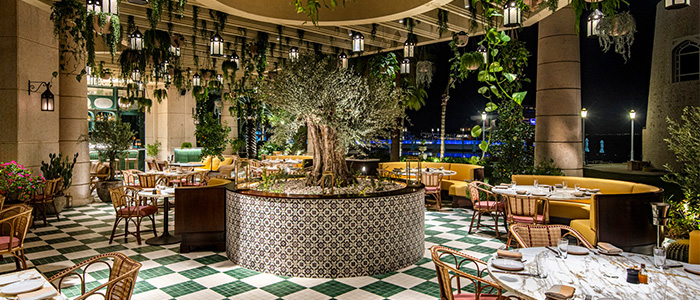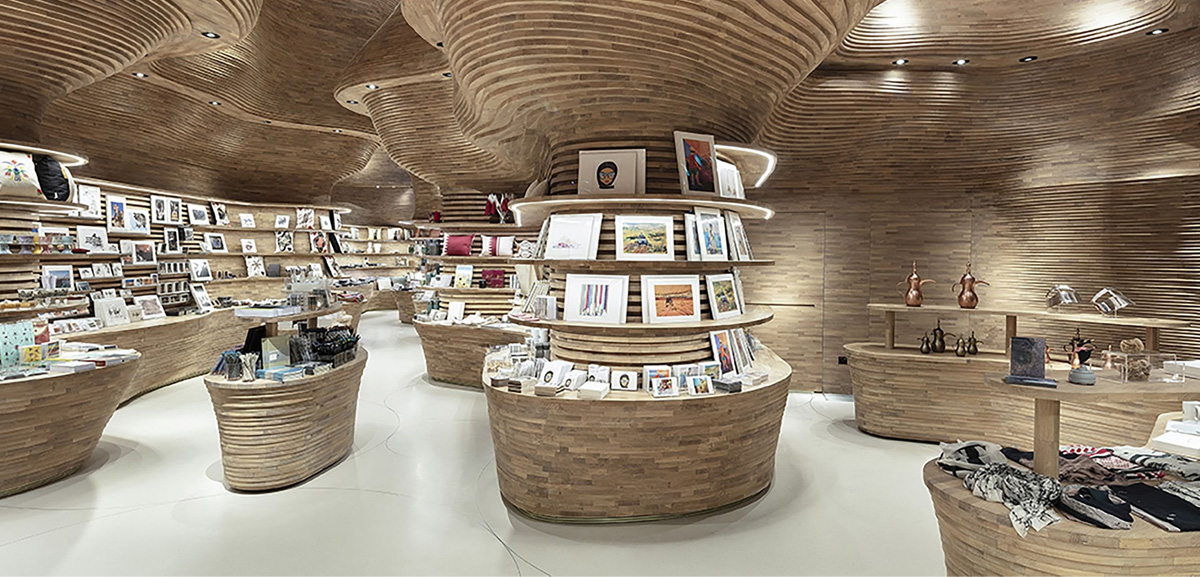Ecotourism goes microscopic.
A remote archipelago in Patagonia offers a hidden forest—for those who know where to look.The Omora Ethnobotanical Park near Tierra del Fuego, Chile, harbors some of the most diverse plant life in the world, but it can only be seen with a magnifying glass.
For visitors looking for a new kind of natural expedition, park guides offer tours of these miniature “forests” of lichen, fungi, mosses and tiny critters, BBC reported.
“The hand lens is your entry point into the world of the miniature forests,” park guide Lily Lewis told the BBC. “Looking through a lens reminds you that there are other perspectives from which we can view the world.”
While microscopic fungi might not sound captivating, some of the rare and brightly colored plant life could change a visitor’s mind, allowing even veteran explorers to the region to marvel at the abundance of life that has survived and flourished in this windswept area.
Eco-tourism has seen a boom in Chile and Argentina, attracting both rugged hikers and the more luxury “glampers” who want to experience the bounties of nature alongside amenities.

Adam M. Wilson and the Omora Ethnobotanical Park
A wealth of national parks, including Glacier National Park in Argentina and Torres del Paine National Park in Chile, make Patagonia the perfect region for nature travel.

Anton Ivanov/Getty Images
Visitors to the region should make the trek to both the Argentine and Chilean sides of Patagonia in order to get the full experience. Doing so requires a good deal of planning and packing preparation, but Travel + Leisure has broken it down into a step-by-step guide, including the best times of year to go.
Written by Jess Mchugh, ctto travelandleisure.com






Leave A Comment
You must be logged in to post a comment.